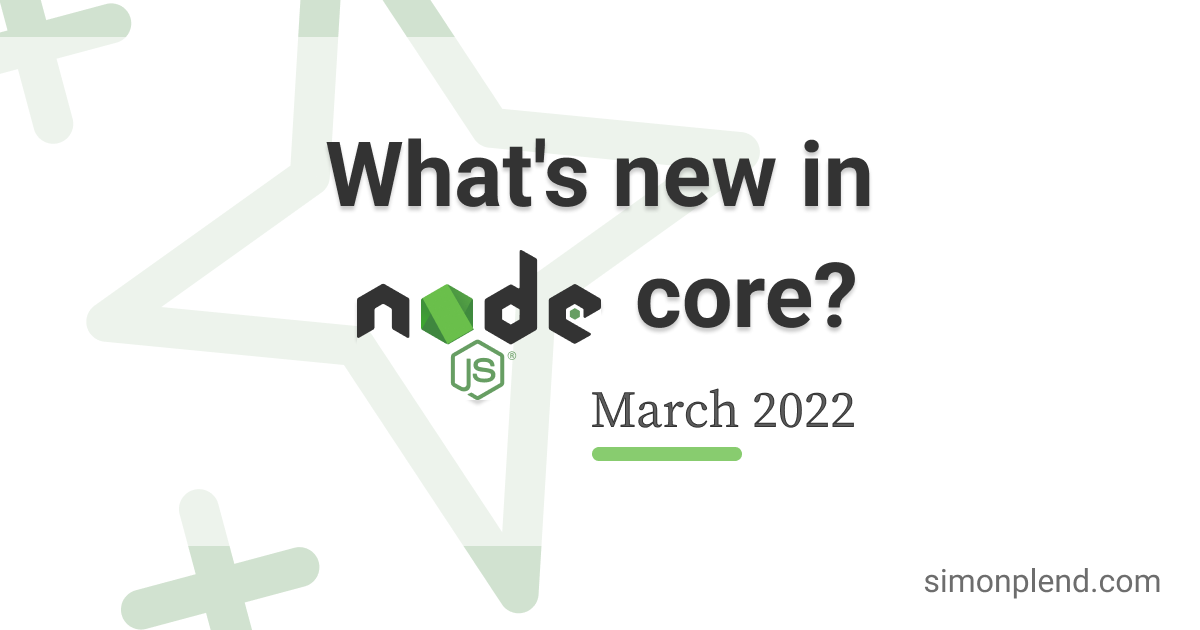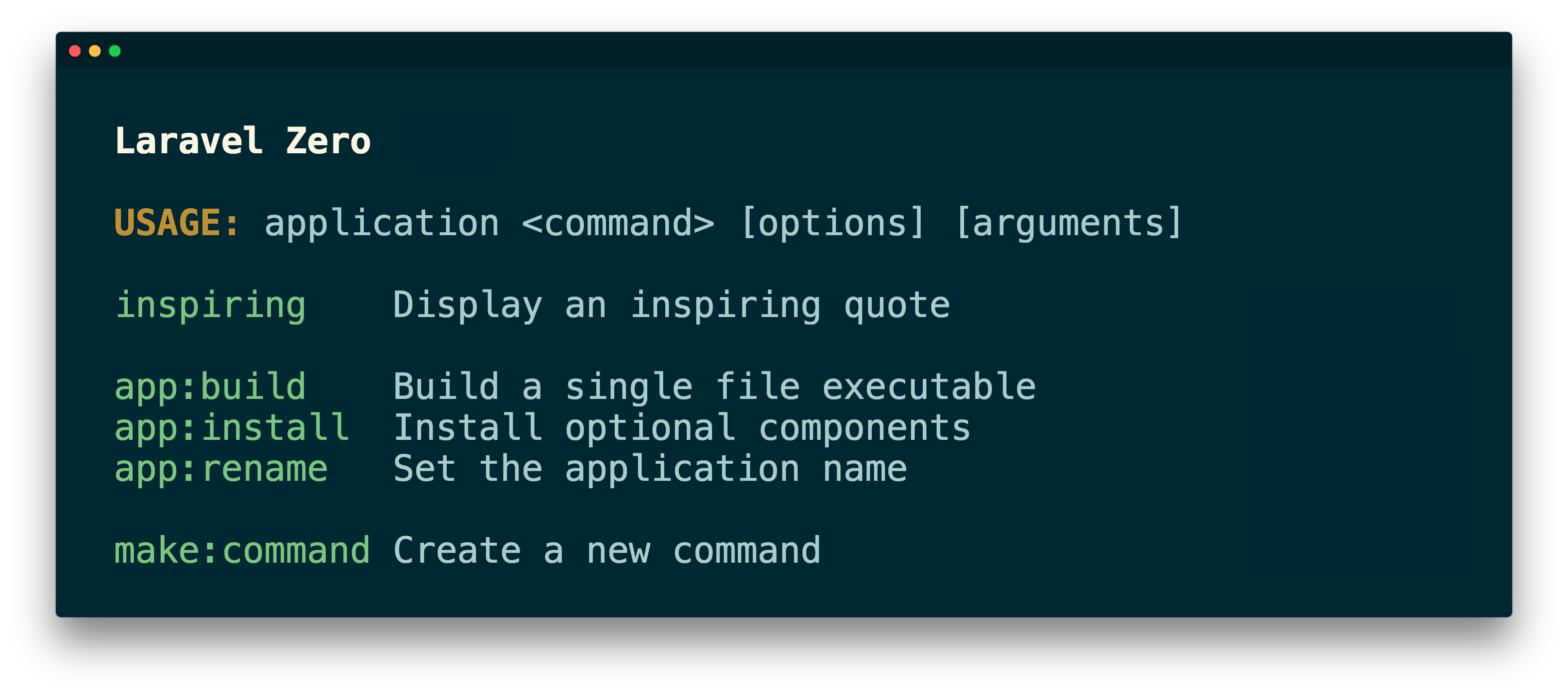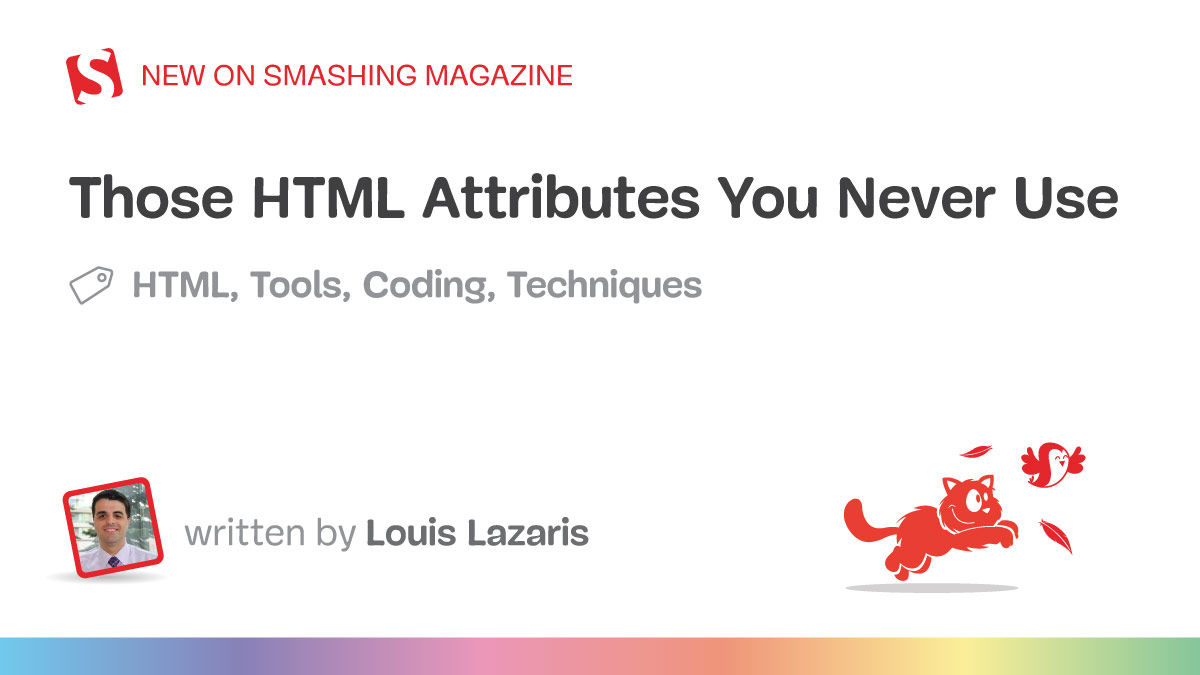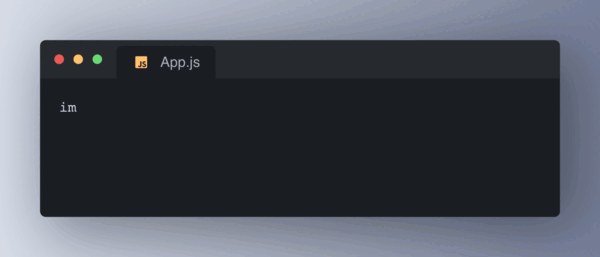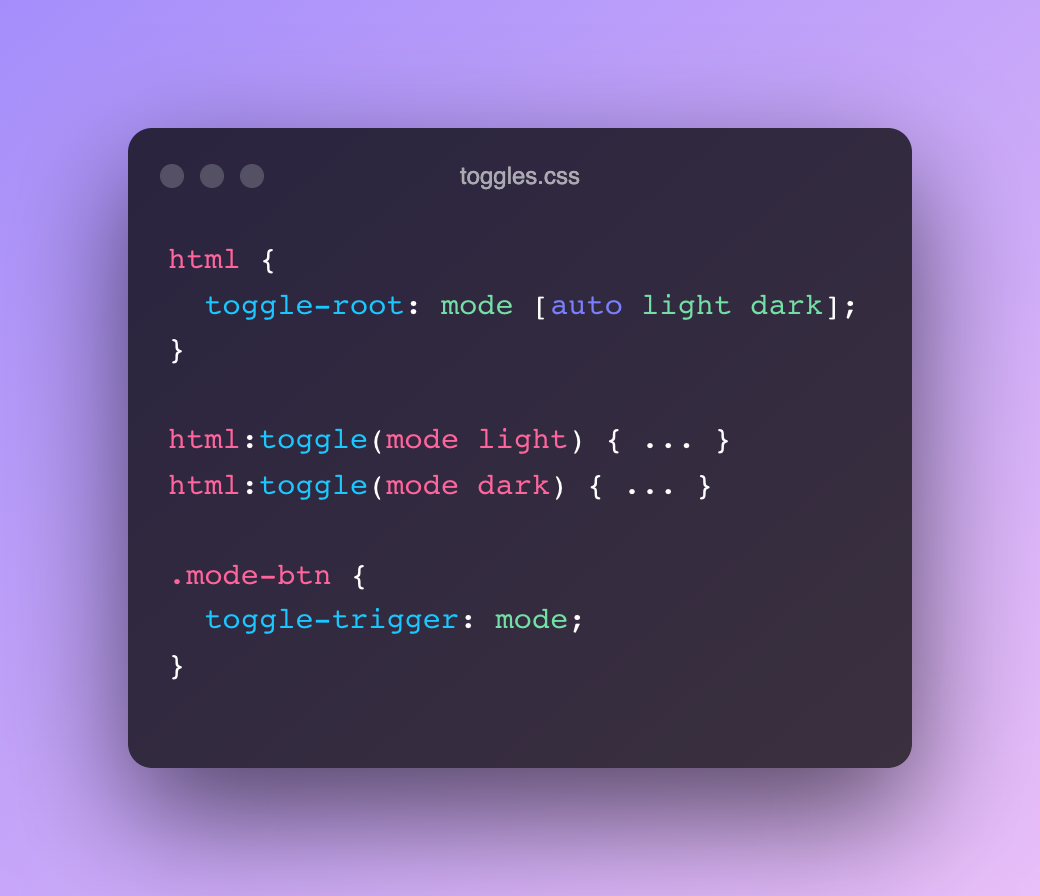
The work on CSS Toggles has been abandoned. The contents of this article are no longer relevant. Late last week, I was very delighted to see that Chromium will start prototyping with CSS Toggles, a proposal currently only available as an Unofficial Draft, authored by Tab Atkins and Miriam Suzanne (who else?!). CSS toggles are …


